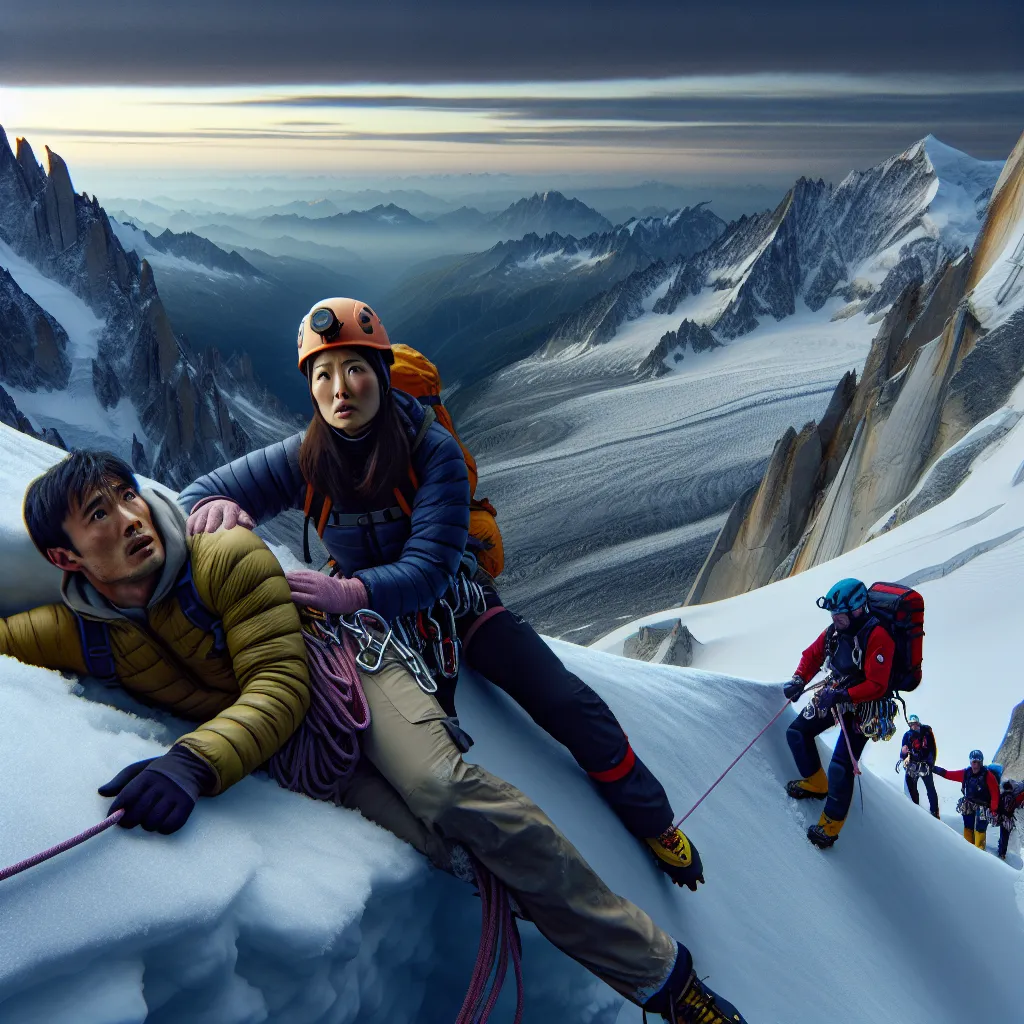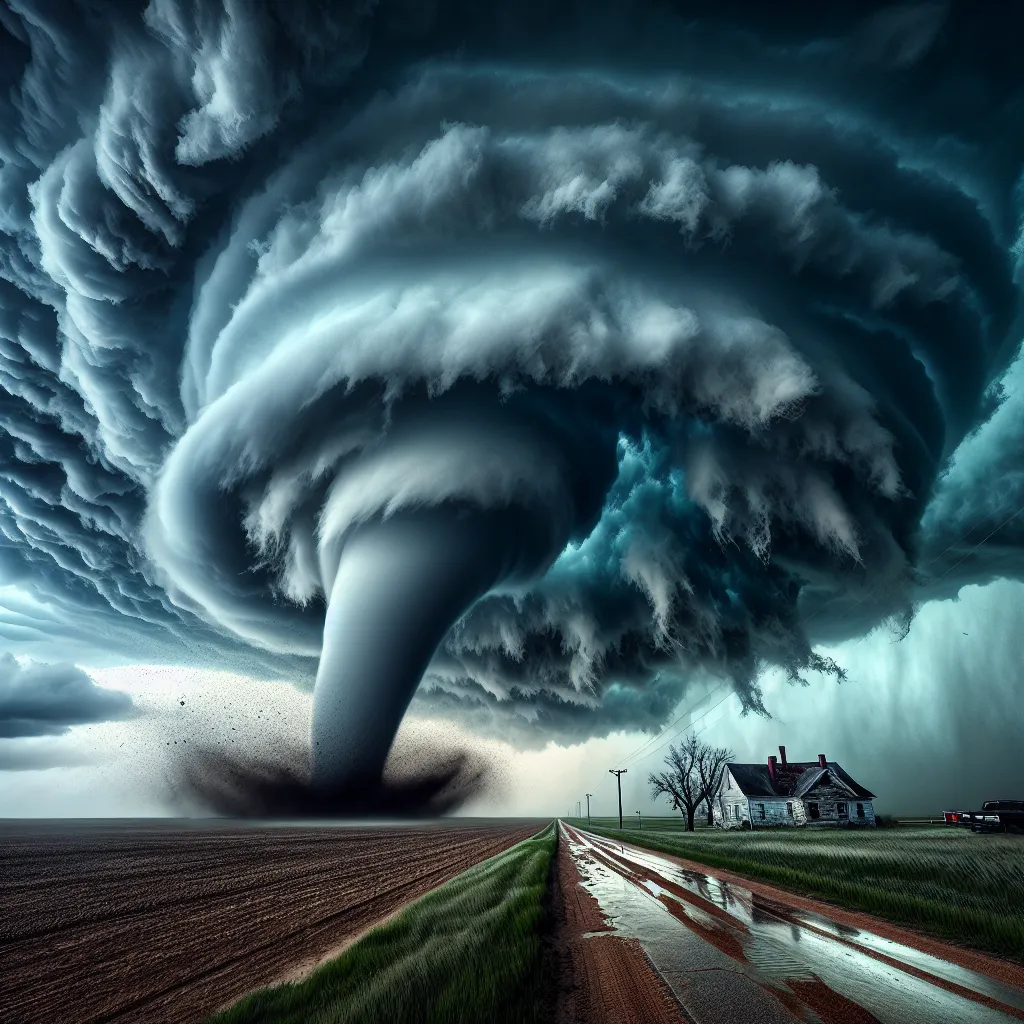I’m up here in the French Alps, standing on a narrow snow ridge that’s barely a foot wide. It’s a sheer drop of about 1,500 feet on one side and a steep slope on the other. Climbers regularly tackle these dangers, and when they get into trouble, the French Mountain Rescue team swoops in, sometimes on foot, especially when the weather doesn’t allow helicopter use.
Not long ago, two climbers got into a tight spot. A woman in Italy called the rescue team, saying her husband was stranded and injured on a cliff at 12,000 feet. The climbers were on a perilous ledge, and their situation was dire. The rescue team, heroes on a mission, winched down to save the day, despite the risks of flying so close to the cliffs.
The climbers, both in their sixties, had years of experience but were caught by surprise this time. One fell and injured his back, unable to move. The rescue became a race against time, tightening harnesses and securing everyone before darkness fell. Without the helicopter, the rescue team would’ve spent the night on that icy ledge, a chilling thought.
Mountain rescues are a common theme in these parts. Just the other day, young climbers from Estonia had a harrowing experience when a group above them fell. They were pulled down 2,000 feet together. Miraculously, the Estonians survived with only minor injuries, a lucky escape considering the fall’s severity.
Dr. Jerome Marconi and his team sprung into action for a rescue mission that began grimly. Two climbers had fallen, but they couldn’t be found initially. When they were eventually located, they had fallen to their deaths, tied together by a rope that sealed their fate.
Even though dangers lurk, climbers keep coming, spurred on by the false security of mobile phones. Recently, a man survived a 500-foot fall from a narrow ridge while climbing alone, escaping with minor injuries—another stroke of luck. The mountain rescue team airlifted him to safety.
Last summer was the worst on record, with injuries and deaths peaking in the French Alps. Many people overestimate their abilities, relying too heavily on mobile phones for a quick rescue. The mountain rescue team is always ready, whether for a sprained ankle or severe trauma, offering their services free of charge during the summer.
Training is intense and constant for the rescue team, even involving life-threatening scenarios like recovering climbers from crevasses. The giant ice chasms pose severe risks—fall into one, and if you’re unseen, you might be trapped for hundreds of years.
Recently, a climber fell into one such hidden crevasse but was saved by quick-thinking friends and an efficient rescue team. With a dislocated shoulder, he was treated on the mountain before a helicopter flew him to a hospital.
Despite the dangers, people from all over the world continue to climb, ski, and hike in these breathtaking yet treacherous mountains. Join us next week for more stories of bravery and survival from the French Alps.






